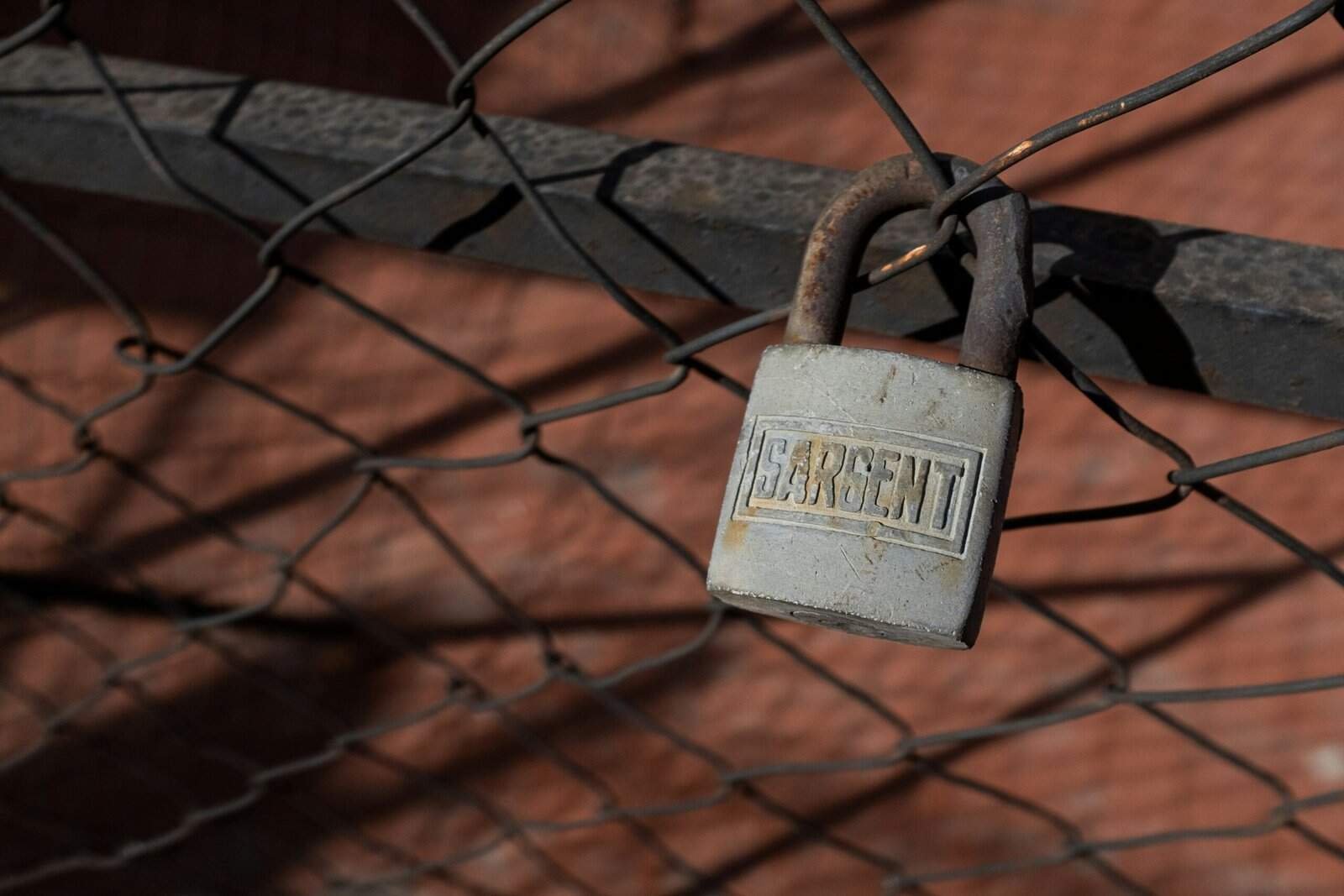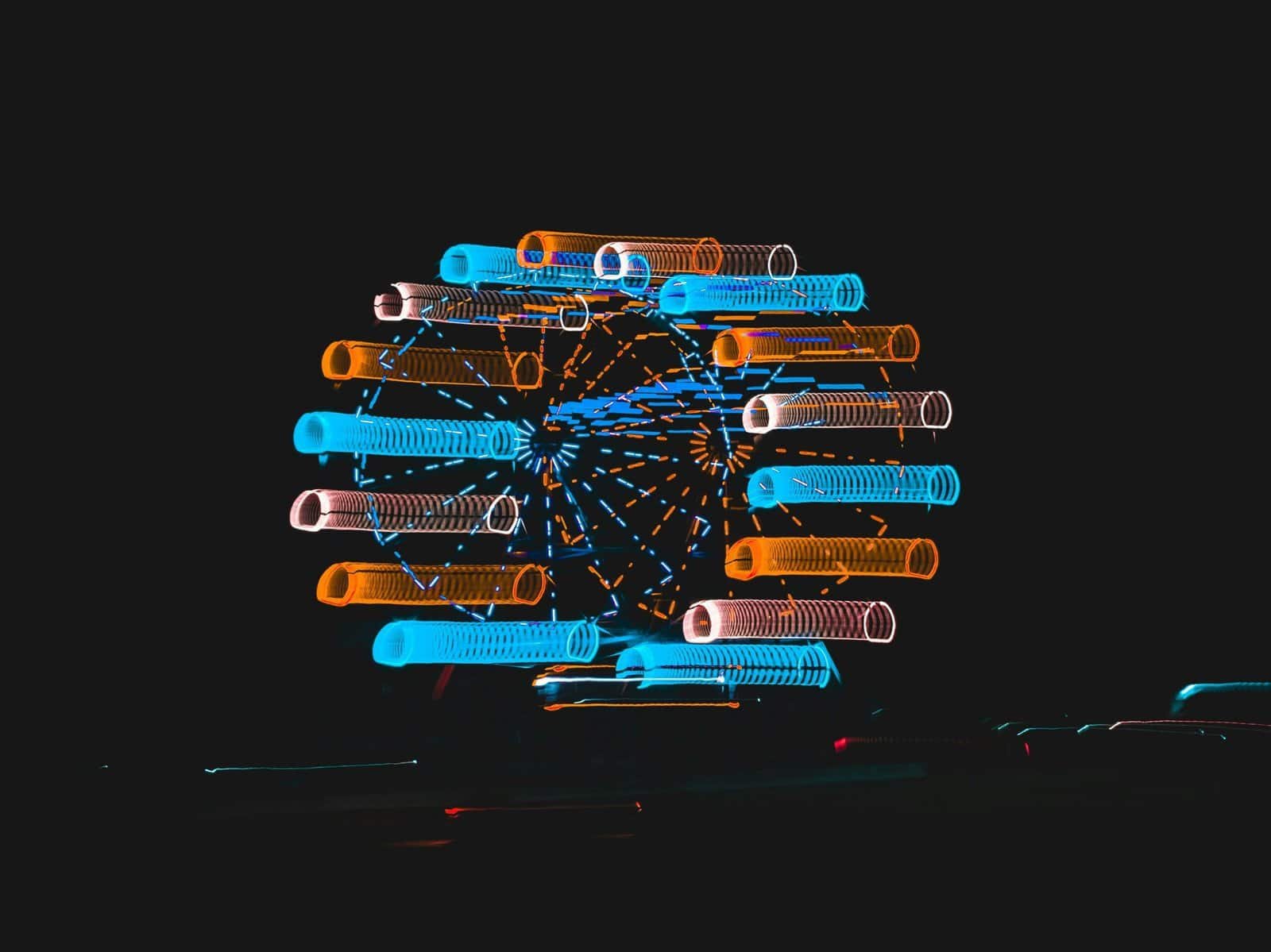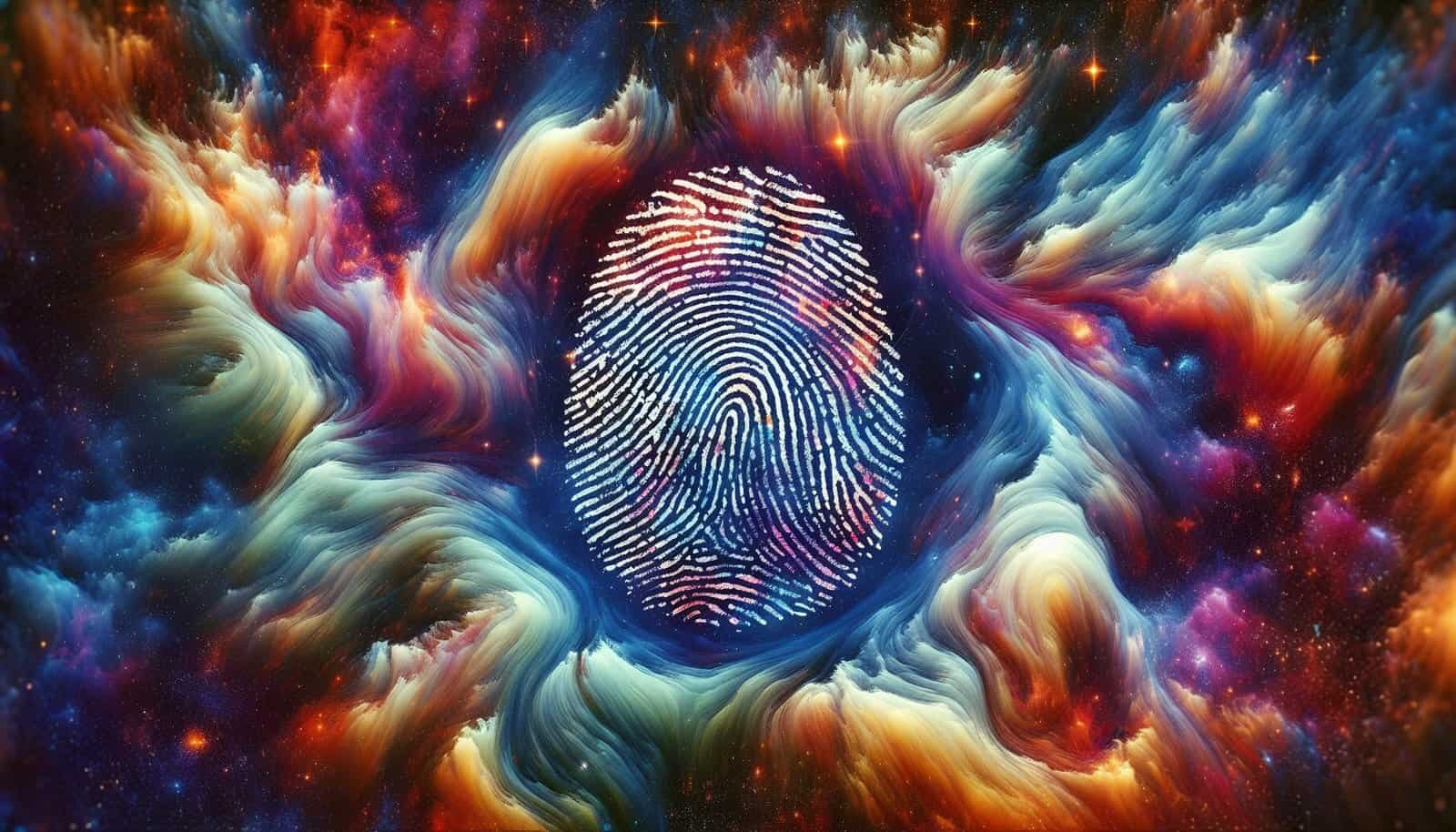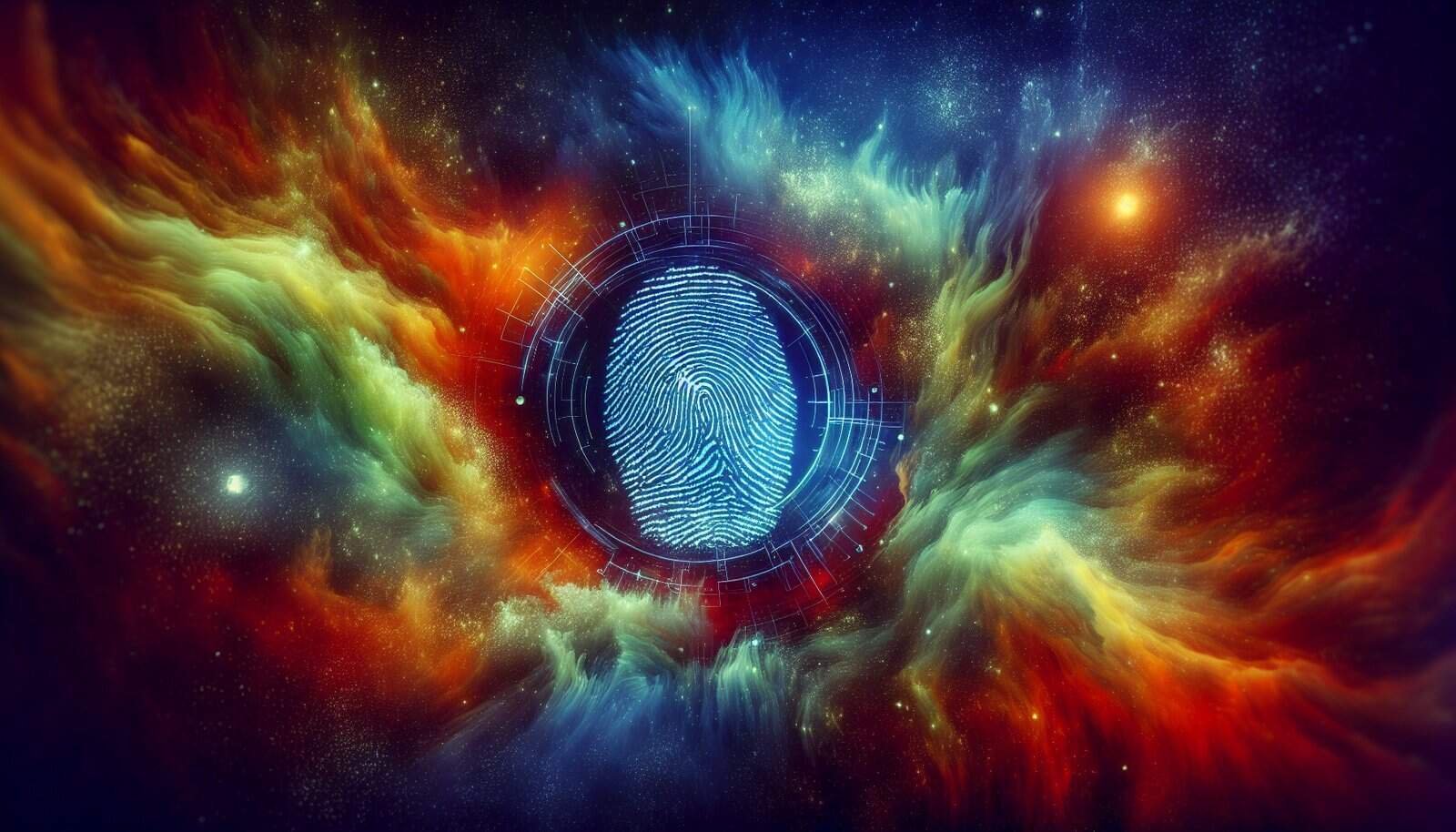Have you ever wondered how technology can help us prove our humanity in a world where personal interactions are increasingly digital? The notion of “Proof of Humanity” attempts to address precisely this challenge. As life becomes more intertwined with technology and digital interfaces, there’s an evident need to confirm our human identity in certain settings. It’s almost as if we’re living in a sci-fi novel, yet here we are, navigating the complexities of our digital personas just like characters in your favorite Sally Rooney book—wrapped in connections, nuances, and the peculiarities of modern life. Now, let’s take a moment to delve into what “Proof of Humanity” signifies, how it works, and why you might find it more relevant as time goes on.

Understanding Proof of Humanity
If you’re wondering what “Proof of Humanity” is all about, you’re not alone. At its core, it’s about ensuring that interactions, decisions, and processes which depend on honest human participation are only influenced by actual humans—not bots, not scripts, but bona fide, living, breathing individuals. Have you ever felt the frustration of a bot taking over a comment section, or experienced spam accounts clogging up social media feeds? This is one of those instances where the concept gains its prominence.
The Genesis of Proof of Humanity
The rise of digital activities, powered by technologies like blockchain, has been a double-edged sword. On one hand, it has improved convenience, privacy, and access; on the other, it has brought about concerns regarding anonymity, false representations, and automated bots invading platforms meant for human-only interactions.
Blockchain technology has risen as a remarkable tool in maintaining integrity and transparency within digital transactions. Given its decentralized nature, it automatically records and verifies transactions without a central controlling authority. Using blockchain as a basis, “Proof of Humanity” evolved as a concept aiming to validate human identity while protecting personal privacy.
How Proof of Humanity Works
You might wonder how all this could potentially work without involving vast complexities. At its fundamental level, the concept utilizes blockchain oracles. Oracles are like bridges that connect blockchain systems to external, real-world data sources. By using oracles, these systems can fetch and verify information that usually exists outside the blockchain, such as confirming the authenticity of a user trying to verify their identity as human.
These systems might involve multiple elements, such as video verifications, manual review processes, and community voting. Sound futuristic? It very much reflects where identity verification is headed.
Blockchain Oracles Explained
In trying to comprehend proof of humanity, one component stands out: blockchain oracles. These are a more recent but highly significant addition to the blockchain space. It’s interesting to see how they contribute to the reliability of information on decentralized systems.
What are Blockchain Oracles?
Imagine you have a wallet that issues cryptocurrency. To carry out transactions, this wallet requires updated information like exchange rates or the confirmation of real-world events. However, blockchains cannot access data outside their network autonomously. This is where blockchain oracles come in—they act as intermediaries that source, verify, and feed real-world information into blockchain smart contracts.
Types of Blockchain Oracles
Here’s where it gets even more intriguing. The oracles exist in different types, each suited for varying needs:
- Software Oracles: These fetch data from online sources, such as databases or servers.
- Hardware Oracles: Utilized when interaction with the physical world is required. For example, sensors or scanners.
- Inbound Oracles: These deliver data from external sources into a blockchain.
- Outbound Oracles: These communicate data in the opposite direction, out of the blockchain into external applications.
- Consensus-based Oracles: They gather data from multiple sources and use network consensus to confirm its validity.
Understanding these types is crucial for seeing how they power concepts like “Proof of Humanity.”

Why Proof of Humanity Matters
You may find yourself reflecting on the significance of verifying human identities. Why should we emphasize it so much? It boils down to trust, security, and authenticity.
Building Trust Online
One of the more profound advantages is the establishment of trust in online spaces. In social networks, for instance, ensuring that users are truly human can eliminate the effects of spammers and fake identities, fostering a safer and more genuine environment.
Enhancing Digital Security
The rise of artificial intelligence and automated systems means that algorithms can have increasing control over what we see and do online. Ensuring participation of authentic human users can help prevent manipulation by bots and provide a more even-handed digital ecosystem.
Authenticity in Decentralized Platforms
Decentralized platforms rely on peer trust because they operate without central control. Facilitating verifiable human identities can strengthen the platform’s democratic nature by making it harder for fraudulent elements to infiltrate.

Challenges in Implementing Proof of Humanity
Like any burgeoning field, the implementation of “Proof of Humanity” faces its own set of hurdles. It’s a journey akin to addressing complex issues in a contemporary novel—multilayered and widespread, requiring nuanced solutions.
Privacy Concerns
While it’s essential to verify identity, one concern is maintaining user privacy. Since blockchain transactions are transparent, balancing this openness with privacy is a perpetual challenge. The solution might involve cryptographic methods to scramble or anonymize verification data.
Technical Complexity
The technical infrastructure to implement such systems can seem daunting. It requires skilled resources, technological adoption, and end-user education on understanding such verification methods.
Community Engagement
Another significant challenge lies in encouraging users to participate voluntarily. Engaging the community to contribute accurate data is crucial for making the system work. Much like in social constructs, collective action can drive change.

The Future of Proof of Humanity
Considering the trajectory of digital evolution, it’s fair to expect that the demand for systems ensuring human authenticity will grow exponentially. This curiosity almost feels like waiting for a plot twist in a Sally Rooney novel—what will it mean a decade from now, and how will society adapt?
Integration with Emerging Technologies
The future may see “Proof of Humanity” integrating with artificial intelligence, IoT devices, and adaptive learning systems, adapting to new threats and challenges swiftly.
Shaping Social Norms
As digital verification becomes common, this could shift how we perceive identity online, impacting social norms and values. It could redefine how online platforms operate, perhaps prioritizing ethical engagement and responsibility.
Expanding Reach
While the concept initiated in niche tech circles, its expansion into fields like finance, healthcare, and governance can unfold more substantial benefits. Imagine fairer elections or fraud-free financial transactions on a global scale—it’s like a dream of societal reform through technology.

Conclusion
In a world increasingly dominated by digital interactions, “Proof of Humanity” plays a critical role in ensuring that authenticity prevails among us. Thanks to solutions like blockchain oracles, it’s possible to sustain human identification without compromising privacy. Remember, while navigating the digital seas, keeping our human compass is vital—both online and offline. It’s a reminder of the unique narratives each person brings to this interconnected tapestry of technology and life, much like the stories that fill our favorite books.
